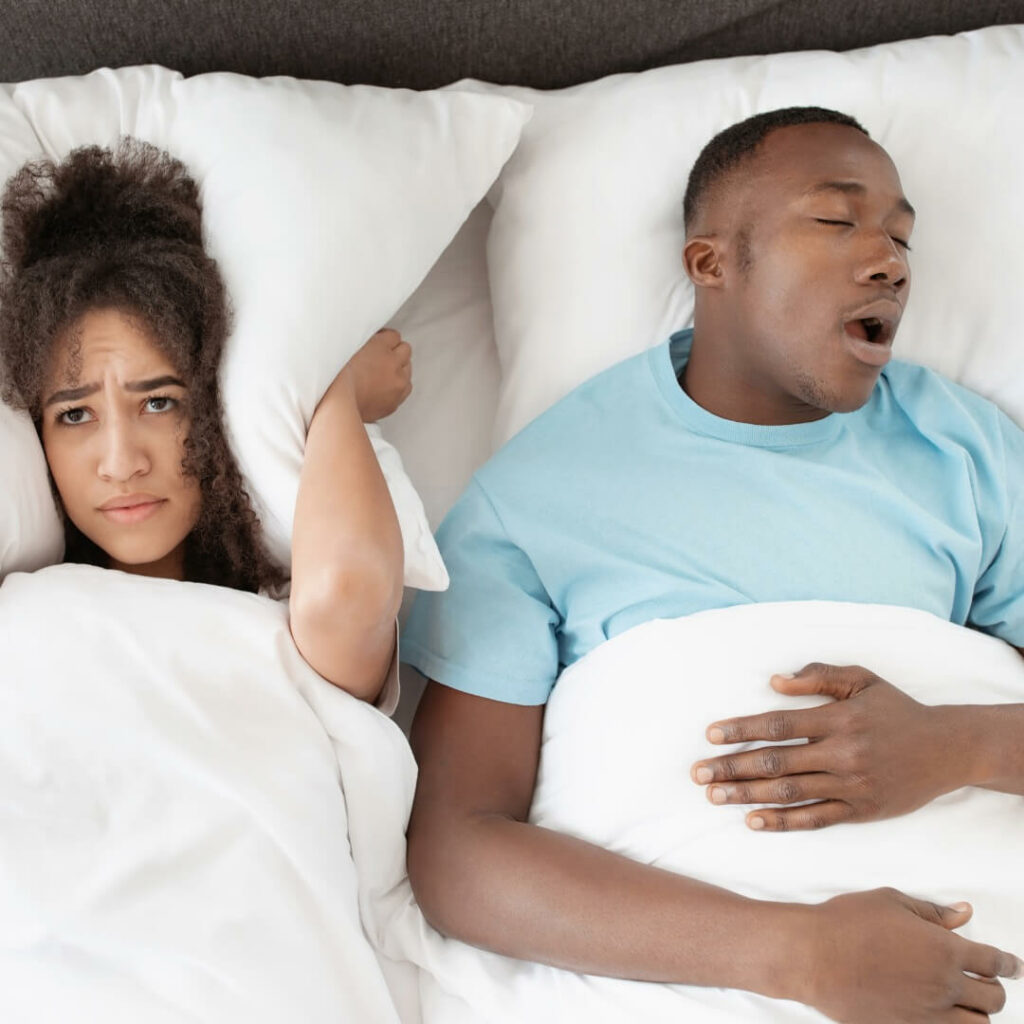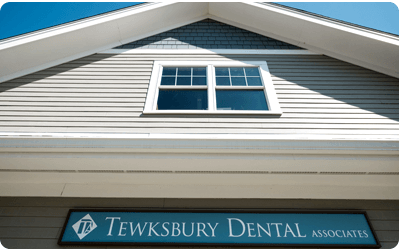
Imagine if getting a good night’s sleep was a daily struggle, one where your sleep was disrupted night after night in the quiet confines of your darkened bedroom. For the millions of people affected by sleep apnea, this struggle isn’t just a bad dream; it’s their reality night after night.
A Nighttime Story of Disturbance
Consider the experience of John, a 45-year-old accountant. He had always considered his nightly snoring nothing more than a minor annoyance for his partner. Little did he know that his snoring was a sign of obstructed breathing caused by sleep apnea, a condition that can cause the repeated interruption of the essential restorative phases of the sleep cycle.
What is Sleep Apnea?
Sleep apnea is a sleep disorder characterized by pauses in breathing or shallow breaths during sleep. These pauses can last from a few seconds to minutes and may occur many times an hour.
There are three main types of sleep apnea:
- Obstructive Sleep Apnea (OSA): This is the most common type, occurring when the throat muscles relax during sleep and block the airway.
- Central Sleep Apnea (CSA): This type occurs when the brain doesn’t send the proper signals to the muscles that control breathing.
- Complex Sleep Apnea Syndrome (CompSA): Also known as treatment-emergent central sleep apnea, this type occurs when someone has both obstructive and central sleep apnea.
According to the American Medical Association, approximately 30 million Americans suffer from sleep apnea, but only 6 million people are correctly diagnosed with the condition. Untreated sleep apnea can lead to serious health complications, including high blood pressure, diabetes, heart disease, and stroke. Studies have shown that the effective treatment of sleep apnea reduces the risk of heart attack and stroke by nearly 30%!
How Dentists are Joining the Fight Against Sleep Apnea

If you are suffering from sleep apnea, you may be surprised to hear that dentists are at the forefront of treatment of the condition. Often, your dentist might be the first healthcare provider to notice the signs of sleep apnea.
During a routine oral health exam, your dentist may notice signs of sleep apnea, including throat inflammation, bad breath, and worn tooth surfaces. People who suffer from sleep apnea often have chronic dry mouth, which can lead to dental problems like gum recession and more cavities.
Effective Dental Interventions for Sleep Apnea
Dentists can identify the signs of sleep apnea and offer their patients several effective treatment options. The sleep apnea treatments prescribed by dentists can prevent the condition from worsening over time and restore the quality of your sleep.
The primary dental approach to managing sleep apnea involves oral appliance therapy (OAT). These appliances, similar to orthodontic retainers or sports mouthguards, help keep the throat open by holding the tongue or moving the jaw forward during sleep.
Studies have shown that these oral appliances can be as effective as CPAP (Continuous Positive Airway Pressure) machines for mild to moderate sleep apnea. Studies have indicated that over 50% of sleep apnea patients prefer an OAT over a CPAP machine to treat their sleep apnea.
Compared to often cumbersome and uncomfortable CPCP machines, patients report that OATs are a more comfortable and convenient sleep apnea treatment.
Enjoy a Good Night’s Sleep with the Help of Your Dentist
John’s sleep apnea story isn’t unique. While millions of Americans experience the signs and symptoms of sleep apnea, they are unaware that regular dental check-ups might be the key to unlocking a night of peaceful, uninterrupted sleep!
If sleep apnea prevents you from getting much-needed sleep, contact our office today to schedule a sleep apnea consultation!






